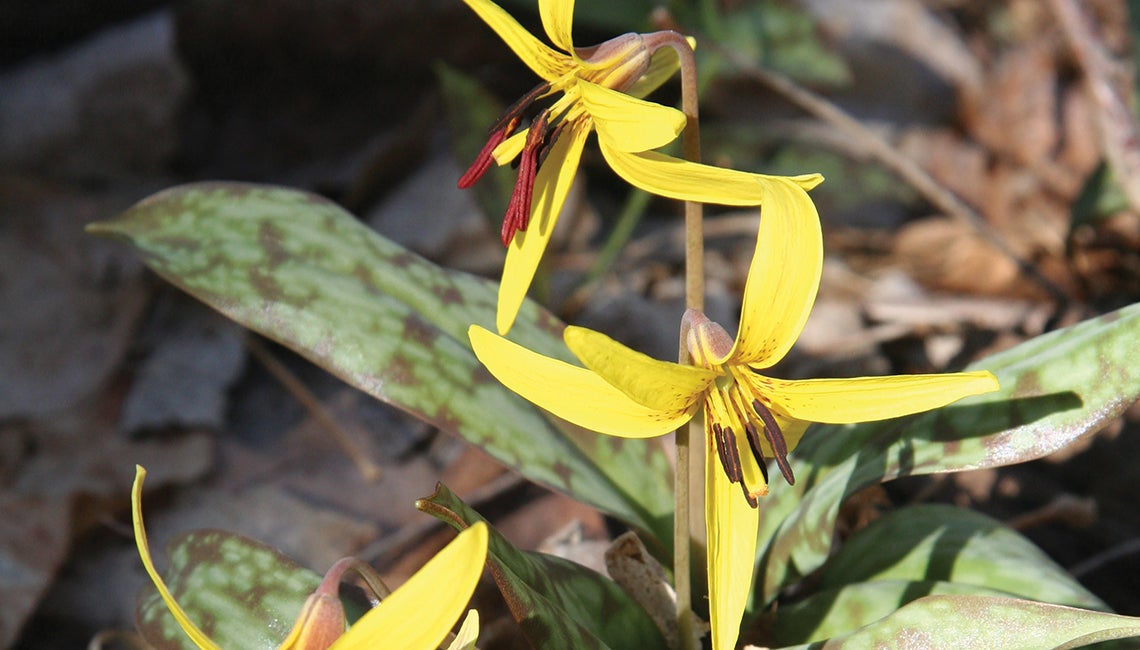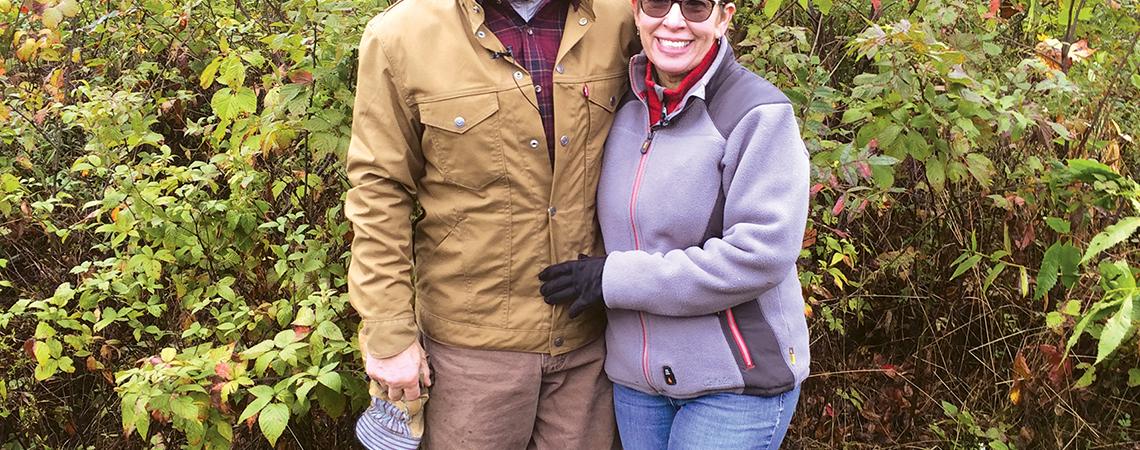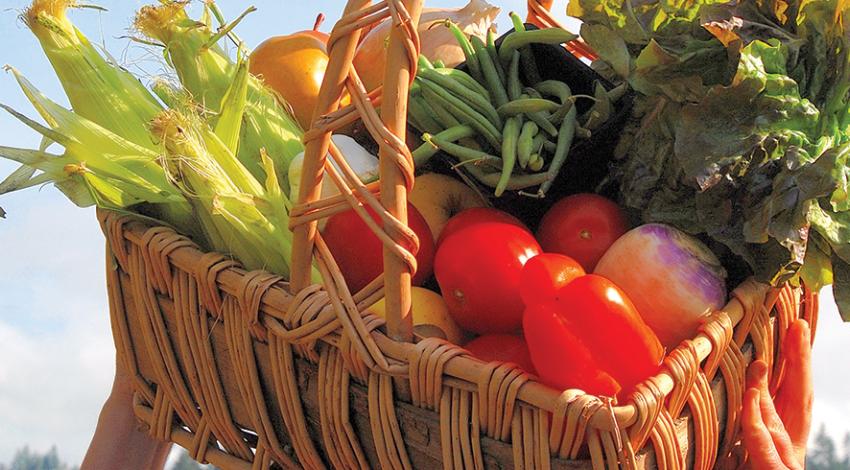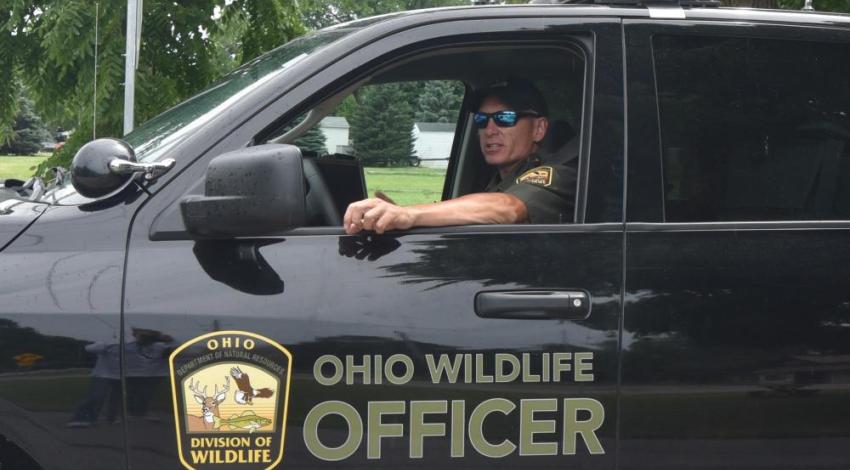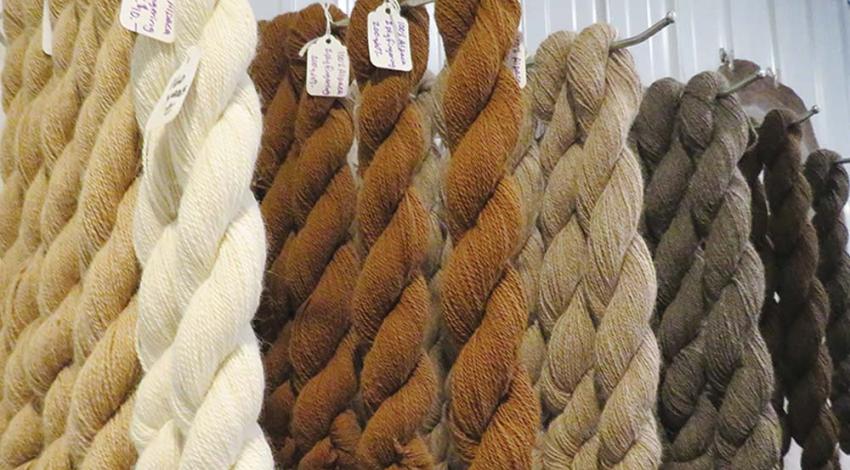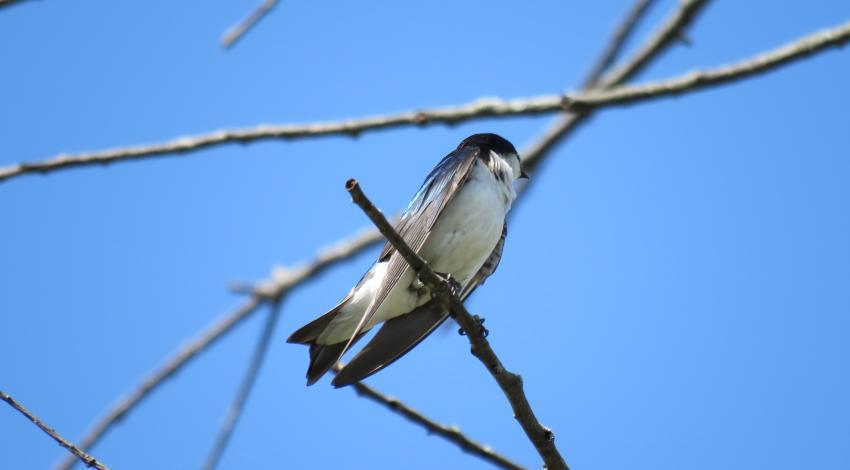In Buckeye State forestry circles, having your woodlands named Ohio Tree Farm of the Year is a big deal. To have your woods named National Tree Farm of the Year is a really big deal. To garner both those titles in back-to-back years is simply off the charts. The husband-and-wife team of Randy and Koral Clum were so honored in 2017 and 2018 for the work they have done for decades on their 152-acre Hepatica Falls Tree Farm in Harrison County.
“We still can’t believe it,” say the Clums. “There are so many impactful people that we highly respect who have come before us that those honors were truly humbling.”
Randy and Koral Clum
The Clums are members of the Ohio Tree Farm Program — first organized in 1946 — a part of the American Tree Farm System. The goal of both the national and state programs is to assist private landowners with better managing their woodlands for wood, water, wildlife, and recreation.
Some 31% of Ohio is forested (7.8 million acres), with the greatest proportion of those trees growing in southern and southeastern Ohio. The majority of Ohio forests and woodlands (more than 73%) are family forests, owned by private, non-industrial landowners. The purpose of the Ohio Tree Farm Program is to provide knowledge and assistance to family-forest owners so that they can, in turn, sustainably manage their woodlands.
To qualify for the Ohio Tree Farm Program, a family-forest landowner must:
- Own 10 or more contiguous wooded acres.
- Be committed to the sustainable management of their woodlands.
- Have an acceptable written management plan that is designed to meet ownership goals and sustain the woodlands for future generations.
Woodland owners without a written management plan can receive help from the Ohio Tree Farm Program with identifying an appropriate forestry professional to assist them with developing a plan. Forestry professionals available to provide assistance include ODNR Division of Forestry Service foresters, private consulting foresters, Soil and Water Conservation District foresters, and industry foresters.
One of the main benefits, among a dozen or more, to a landowner having his/her woodlands certified as an Ohio Tree Farm may include a tax incentive under the Ohio Forest Tax Law (OFTL) or Current Agricultural Use Valuation (CAUV) programs. For more information about the Ohio Forest Tax Law, contact the ODNR, Division of Forestry. For CAUV information, contact your county auditor’s office.
W.H. “Chip” Gross, Ohio Cooperative Living’s outdoors editor and a member of Consolidated Cooperative, is a certified tree farmer who writes from his 13-acre Ohio Tree Farm in Morrow County.
